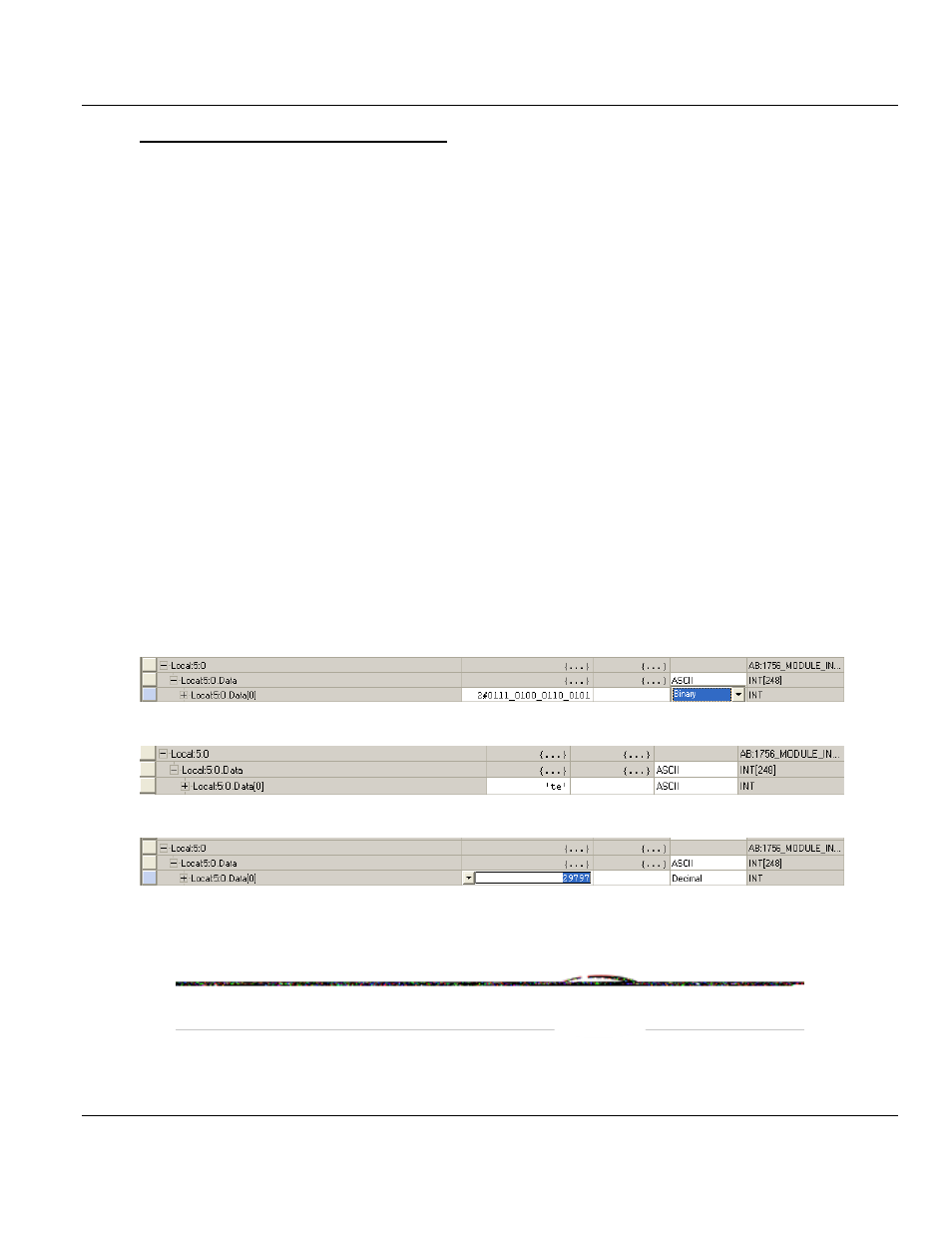ProSoft Technology MVI69E-LDM User Manual
Page 54

Contents
MVI69E-LDM ♦ "C" Programmable
Developer's Manual
Linux Application Development Module
Page 54 of 130
ProSoft Technology, Inc.
August 21, 2014
To initiate external client communication:
Click O
PEN
once the Ethernet Communications sample is running in RSLogix 5000 (you
may have to click twice depending on your computer).
Once the program is running and a TCP Tester server and client information is established,
data is received through the backplane and to/from the TCP Stress Testing applications and
RSLogix 5000. The program modifies the tags within RSLogix 5000 using the sample ladder
provided with any string input:
Input Tags: 0-9 can be modified by the MVI69E-LDM client for the MVI69E-LDM.
Output Tags: 0-9 can be modified by the TCP Tester server for the MVI69E-LDM.
Input Tags: 11-20 can be modified by the MVI69E-LDM server of the MVI69E-LDM.
Output Tags: 10-19 can be modified by the TCP Tester client of the MVI69E-LDM
Please note that it is recommended to set the 'Style' in RSLogix 5000 to 'ASCII' instead of
INT or Hex due to the way that RSLogix 5000 interprets bytes and byte order.
RSLogix 5000 creates a high byte and low byte for each tag in its database. For example, if
the word 'Hello!' was typed from the TCP Stress Tester, RSlogix5000 separates the values
to:
'eH'
'll'
'!o'
Since the values are read in byte order (from right most to left most), there is a high byte and
low byte used and RSLogix 5000 combines those byte values in you choose to view it as in
INT or Hex value.
For example, the letters 'te' in a single tag are separated and combined as follows:
Binary Value: 01110100 0110010
ASCII:
t e
Combined Binary Value: 0111010001100101 = 29797 int
ASCII (INT Value): 101 116